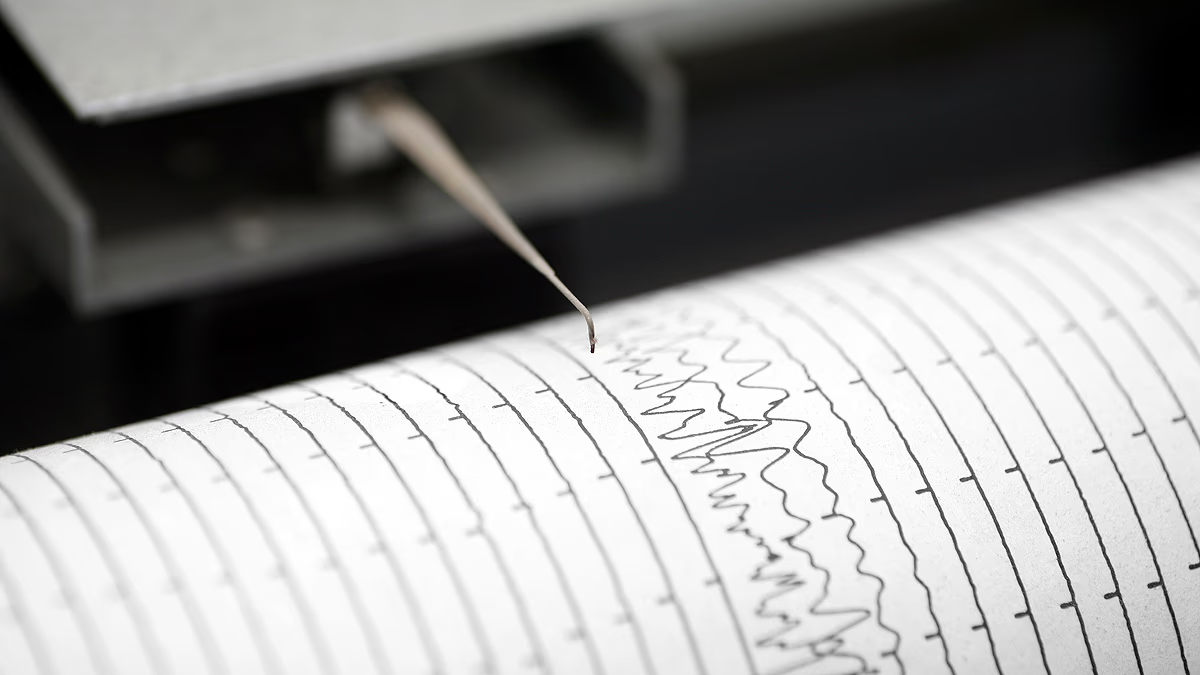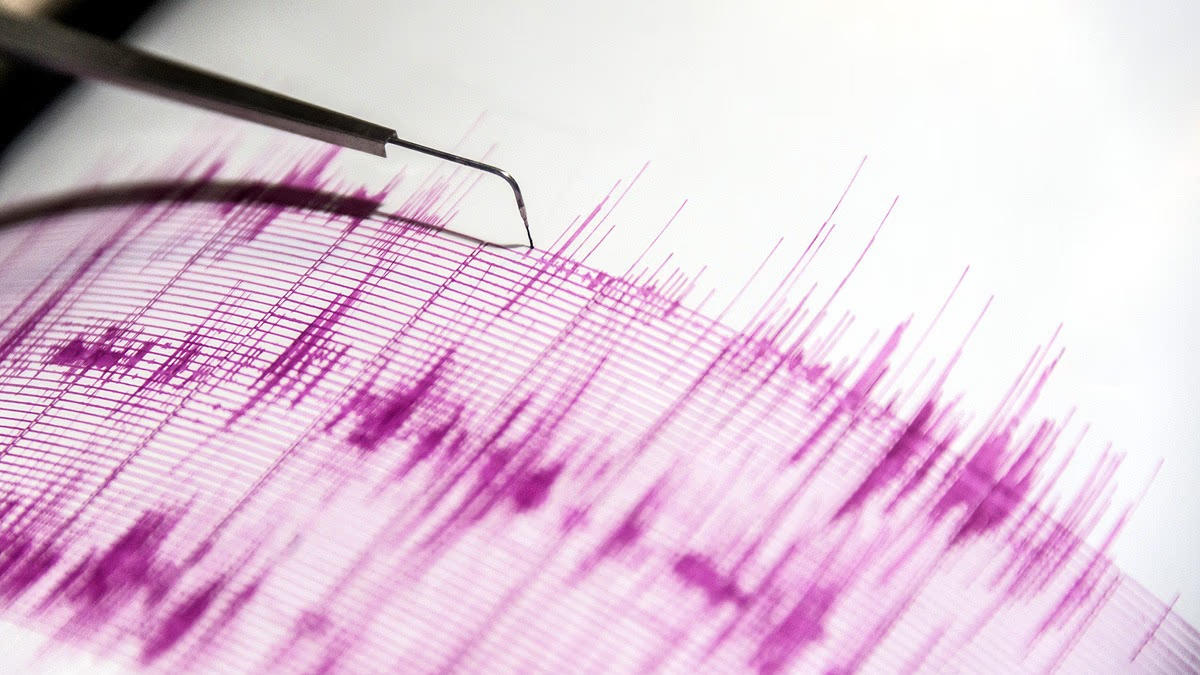The Philippines was rocked by a 6.7 magnitude earthquake on July 11, 2024, confirmed by the German Research Centre for Geosciences (GFZ). Strangely, the epicenter was located at a depth of 630 kilometers beneath the Earth's surface. The Philippine Institute of Seismology and Volcanology assures that such deep quakes seldom cause significant damage but could be a precursor to future seismic activity.
However, one fact looms large: the Philippines sits in the Ring of Fire, a region notorious for its frequent earthquakes, volcanic eruptions, and tsunamis. Remarkably, the recent seismic event occurred deep within this precarious zone, echoing a history of similar incidents over the past few days.
Further Insight:

Source: aajtak
Scientists speculate that the coming week could reveal a significant seismic event; deep quakes, however, tend to cause less damage at the surface. Essentially, an earthquake originating 500 kilometers deep does not inflict as much destruction as one that occurs just 20 kilometers beneath the surface.
Shallow Quakes: Potentially as Devastating as Nuclear Explosions
Commonplace are shallow-focus earthquakes, those occurring below 20 kilometers deep, constituting 75% of global seismic occurrences. Tragically, the more shallow the quake, the greater the potential for destruction—yet deep quakes often leave lighter scars on the landscape.
Also Important:

Source: aajtak
Deep Earthquakes: Widespread Tremors, Lesser Damage
Deep-focus earthquakes tend to be felt over larger areas, affecting multiple countries. History recorded one such quake centuries ago, damaging hundreds of temples in Myanmar's Bagan town, yet resulting in only four fatalities. Contrarily, the 2004 Sumatra quake of magnitude 9.1 and the 2011 earthquake in Japan were both shallow, centered around 60 kilometers deep, resulting in widespread catastrophe.




